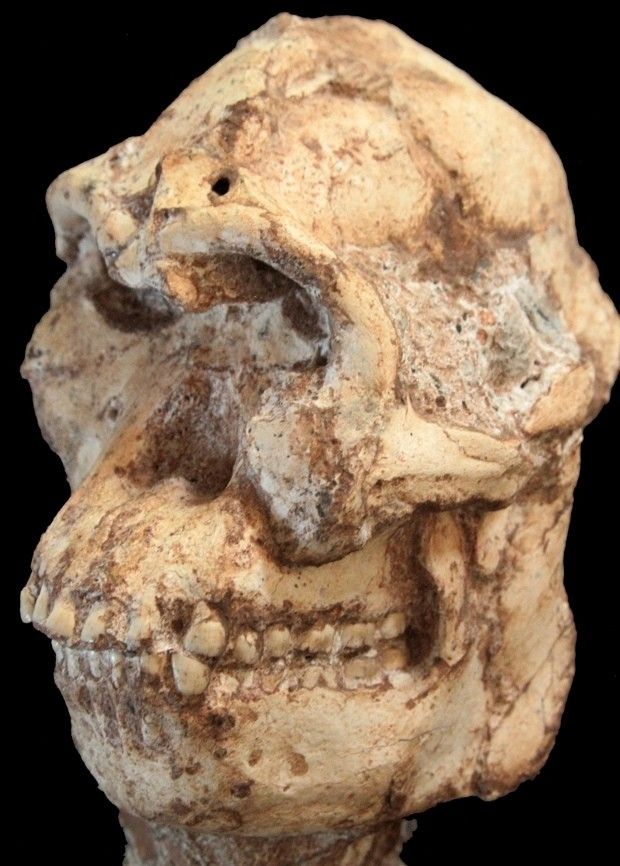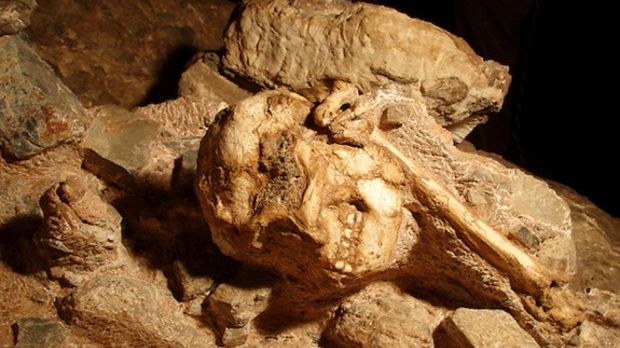A couple of decades ago, anthropologists exploring a cave in South Africa's Gauteng province recovered the skeletal remains of a hominid. Soon enough, the skeleton was identified as belonging to an Australopithecus.
This genus of hominid is believed to have emerged in Africa about 4 million years back only to go extinct merely 2 million years later. It is widely regarded as an evolutionary ancestor of ours.
A recent investigation carried out by an international team of researchers revealed that the skeleton discovered in South Africa's Guateng province, known to anthropologists as Little Foot, is 3.67 million years old.
This makes Little Foot one of the oldest hominid bodily remains ever discovered, even older than the famed 3.2-million-year-old Lucy skeleton unearthed in Ethiopia in 1974, specialists explain.
The skeletal remains, nicknamed Little Foot because of how oddly small the bones are, are believed to be that to a female that died after having fallen through a shaft in the cave where it was found.
A better understanding of human evolution
Anthropologists have not yet figured out exactly which species Little Foot belonged to. Some say the hominid was an Australopithecus prometheus, others are leaning towards Autralopithecus africanus.
Of these species, Australopithecus prometheus was characterized by a long and flat face, and oddly big cheek teeth. Australopithecus africanus, on the other hand, had a round skull and small teeth.
Still, the fact that Little Foot was discovered in southern Africa whereas Lucy's home was the eastern side of the continent suggests that, in ancient times, the Autralopithecus genus was more diverse than assumed.
“We have only a small number of sites and we tend to base our evolutionary scenarios on the few fossils we have from those sites,” explained specialist Ronald Clarke.
“This new date is a reminder that there could well have been many species of Australopithecus extending over a much wider area of Africa,” the University of the Witwatersrand researcher added.
Dating the skeleton was not easy, scientists say
To establish Little Foot's age, the specialists behind this investigation measured the levels of both aluminum and beryllium isotopes in quartz pulled from the layer of rock that produced the skeleton.
The technique they used allowed for a margin of error of just 160,000 years, the team writes in a report published in today's issue of the journal Nature.
Prior to this study, there were talks about Little Foot being anywhere from 2 million to 4 million years old. To compromise, most anthropologists simply referred to the skeleton as being 3 million years old.
Apart from dating the actual hominid bones, the team analyzed several stone tools discovered in the same cave where Little Foot was unearthed. The tools were found to be 2.18 million years old.
“We succeeded in our measurement, but we were surprised the dates were so old,” Purdue University researcher Darryl Granger commented on the outcome of this investigation.

 14 DAY TRIAL //
14 DAY TRIAL // 

